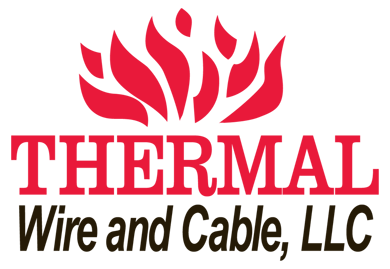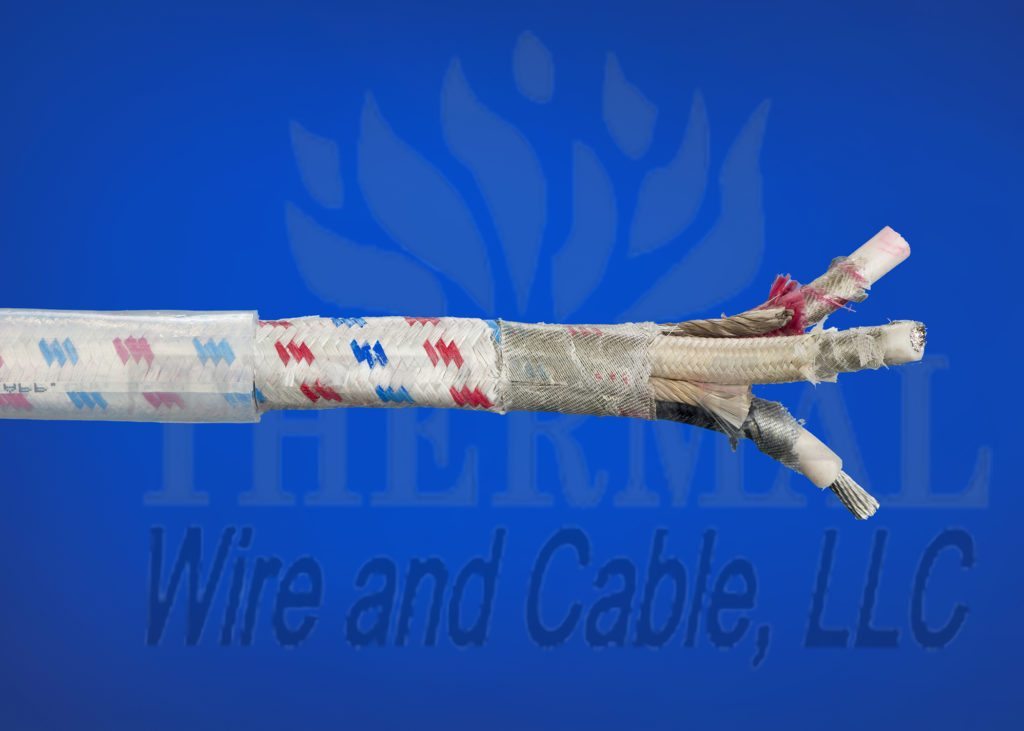Installing the correct tested and certified cable is essential when considering safety issues that involve fire. Whether it’s cable operation within a furnace or during a fire emergency, security is always a high priority. These problems often are coupled with maintaining continuously operable electronic communication systems during disastrous events. Given the operative difference in cable rating systems, here are the key essentials:
Flame-retardant Cable: Fire-retardant cable passed small-scale certification to protect against the spread of existing fire and but has not earned the fire-rated certification. This cable is not as powerful as fire-rated/fire-resistive cable.
Fire-rated and Fire-resistive Cable: Fire-rated/fire-resistive cable passed rigorous UL testing and earned standardized certification worldwide. This cable is certified to maintain full operation (circuit integrity) for a specified period within burning structures. Circuit integrity cable (CIC) came into wider focus post-9/11. The U.S. military learned about CIC during the Falklands War in 1982. Our armed forces, as well as many U.S. government buildings and structures, utilize CIC.
Thermal Wire and Cable solves your CIC requirements. TWC’s 90-minute cable operates in fire-related conditions from 90°C to 750°C. For large-scale applications, TWC’s 3-hour cable provides continuous operation in a fire beginning at 200°C for three hours. Both types of cable are flexible and less costly to install than mineral-insulated cable. TWC provides these cables in various AWG sizes and numbers of conductors. We also offer a custom surface print or marker tape representing your company name.
The 90-minute and 3-hour cables are suitable for a wide variety of applications including emergency isolation valves as found in petrochemical plants and refineries, emergency lighting, ovens, furnaces, overhead cranes, and remote-operated shut-off valves.
How does CIC affect B2B and the typical consumer or end user? To mention a few examples, designers and contractors incorporate CIC into a new building and maintenance plans for healthcare facilities, high-rise office, and resident buildings as well as computer data centers. So next time you enter a building, think about what’s behind those walls of integrity.



